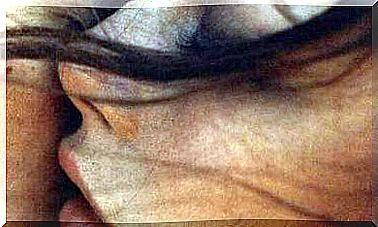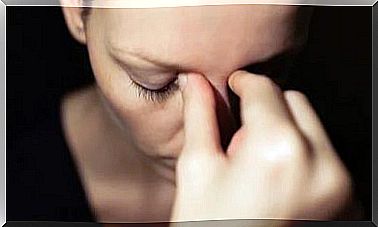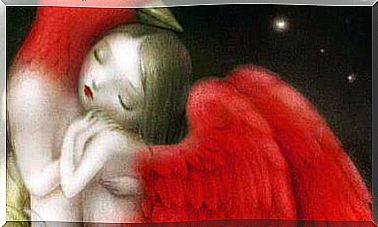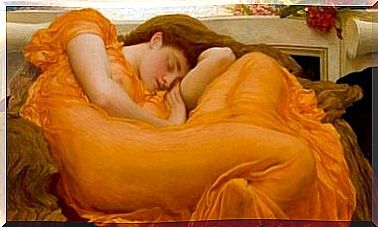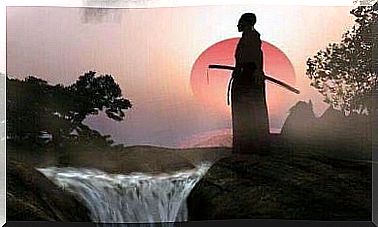Pierre Teilhard De Chardin: Conflict Between Science And Religion
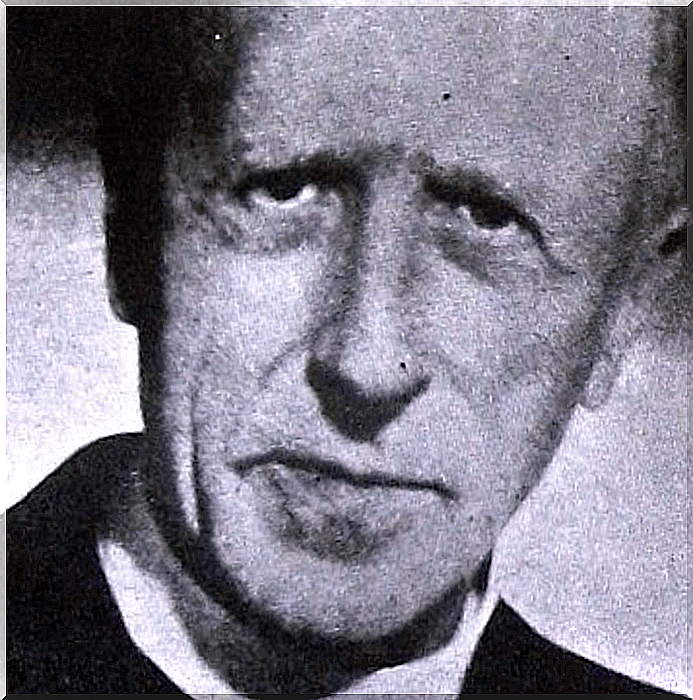
Today we are concerned with the life of a French geologist, paleontologist, philosopher and theologian with a religious calling whose works have been translated into a multitude of languages. We are talking about Pierre Teilhard de Chardin, a man who achieved notoriety because he was firmly convinced that man is in a continuous spiritual and social evolution, which aims at the ultimate spiritual unity.
His interest in science was already evident in his youth. He therefore tried to integrate the sciences into his work in the Jesuit order to which he belonged. Pierre Teilhard de Chardin took the view that the human epic is nothing more than “a path to the cross”.
This way of thinking sparked an ultimatum from the Catholic Church in 1962. What was never questioned, however, was his spiritual dedication. Even today, de Chardin is considered an outstanding personality in the world of science.

The early years
Pierre Teilhard de Chardin was born on May 1, 1881 to an aristocratic family in the historic province of Auvergne in France. He spent his childhood in the country, at the Château de Sarcenat, which belonged to his parents. The fourth of eleven children, he grew up in a traditional Catholic environment.
After graduating from the Jesuit college of Mongré in Lyon, he spent his novitiate in the Jesuit company in Aix-en-Provence. He later continued his studies in England. He studied theology in Jersey and was ordained a priest in Hastings in 1905.
In parallel to his religious vocation, de Chardin developed his passion for science during a three-year stay in Egypt, where he taught physics and chemistry. It was then, immediately after his ordination, that he began to be interested in paleontology and geology.
He took part in some excavations and after his return to France worked from 1912 in the paleontological laboratory of the Natural History Museum in Paris. This began his brilliant career as a researcher in human paleontology. Pierre Teilhard de Chardin was involved in the excavations of the Altamira caves in Spain.
Pierre Teilhard de Chardin and the war
In 1914 the war mobilized this young priest, although his religious vocation led him to work as a nurse rather than a chaplain in a regiment of skirmishers in Morocco. During the war he completely refused to serve as a priest.
De Chardin referred to this tremendously dramatic scenario of the war experience as his baptism by reality. The war turned his philosophical thinking upside down, which is reflected in his early works, for example in “ Design and Development. Letters from the years 1914–1919 ″ . His great courage during the war earned him the Military Medal of the Legion of Honor.
Paleontology and travel
After the war, Pierre Teilhard de Chardin spent some time in Paris and taught at the Institut Catholique. In 1923, he undertook the first of his paleontological missions to China, where he joined the team that discovered the Beijing man’s skull.
In the 1930s he made other trips: to the Gobi Desert, Java, Somalia, Kashmir, Mongolia and Burma. World War II broke out while he was in Beijing, where he spent nearly six years in semi-captivity.
During his stay in China, Pierre Teilhard de Chardin wrote two of his mystical texts: “The Mass over the World” and “The Spiritual Phenomenon”.
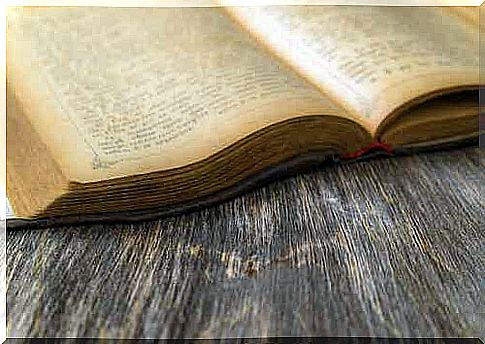
Pierre Teilhard de Chardin and the origin of man
In 1937 de Chardin received the Mendel Medal in Philadelphia in recognition of his scientific research work in the field of human paleontology. A year later he founded the Institute for Geobiology in Beijing, in whose renowned scientific journal he published frequently.
From 1951 de Chardin settled in New York, from where he undertook several scientific expeditions to South Africa. Even then, naturalists suspected the origin of man in Africa. In the meantime, this assumption has been proven by scientists through genetic studies. Finally, de Chardin died in New York on April 10, 1955 at the age of 74.
A controversial legacy
Pierre Teilhard de Chardin was an internationally recognized figure in the world of science. However, his discoveries and hypotheses about the origin and destiny of man brought him into constant conflict with the Church in Rome throughout his life.
His theories about man’s place in the universe became lessons that are still taught around the world today. De Chardin deeply wounded the heart of the Catholic Church, and therefore none of his non-scientific works were published during his lifetime.
They were all published posthumously by his personal secretary, who began doing so in 1964 when he set up the Pierre Teilhard de Chardin Foundation to preserve the legacy of this exceptional scientist.


